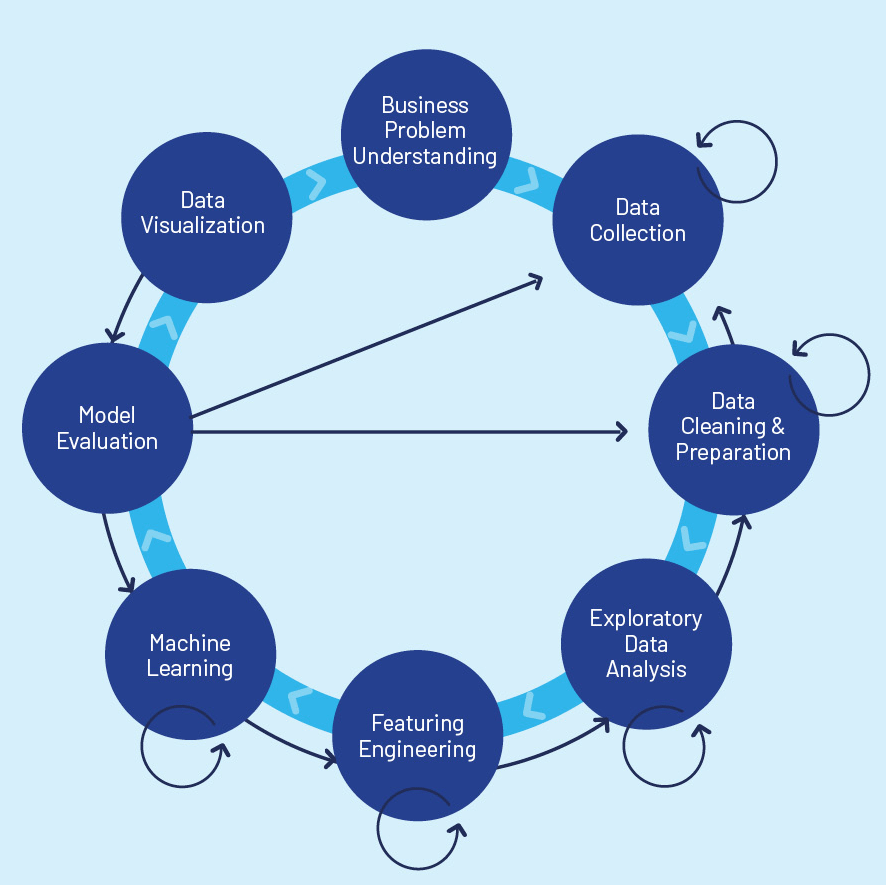A mobility strategy is a core component of any smart city and provides a roadmap to achieving several goals, including sustainability, improved air quality and safety, and reduced congestion. Mobility data is the key to implementing a successful mobility...
A mobility strategy is a core component of any smart city and provides a roadmap to achieving several goals, including sustainability, improved air quality and safety, and reduced congestion. Mobility data is the key to implementing a successful mobility strategy with smart transportation and connectivity.
Smart Cities Worldwide Rev Up Infrastructure Planning Strategies
Smart cities around the globe are implementing long-term mobility strategies. The European Union presented a mobility strategy to have one hundred climate-neutral cities with thirty million zero-emission cars by 2030. EU infrastructure planning includes tripling high-speed rail, having nearly all vehicles at zero emissions, and sustainable smart transport by the year 2050.
In the United States, the Bipartisan Infrastructure Law allocates hundreds of billions of dollars to promote sustainable public transport and increase EV adoption to reduce emissions, traffic fatalities, and congestion.
Connected Vehicle Data: The Key to a Successful Mobility Strategy
Connected vehicle data is the key to critical decision-making that makes these goals possible with streamlined, accessible transportation. Decisions made without connected car data could result in mobility decisions like implementing more buses in an area where they will not be utilized and further contribute to traffic congestion.
A long-term mobility strategy based on vehicle data provides accurate truths on traffic management to improve transport with beneficial solutions that reduce emissions and congestion while improving safety and air quality. The use of connected data technology provides the information required without the need to use legacy tracking methods or outdated sensors.
The Importance of Reducing Traffic Congestion
Traffic congestion in the U.S. is a big problem, and according to a Texas A&M 2021 Mobility Report, each hour of traffic delays costs U.S. drivers about $19.64, and costs commercial drivers up to $55.24 per hour. The total cost of U.S. traffic congestion is estimated to be close to $88 billion in 2019. Congestion adversely affects the entire mobility ecosystem by contributing to problems such as:
Increased costs – congestion affects the economy with increased costs for the average driver due to delays as well as huge costs for commercial drivers stuck in traffic. Increased emissions – idling drivers contribute to increased emissions and air pollution, which degrades air quality for drivers and passengers as well as anyone living near major roadways. Traffic safety issues – traffic congestion contributes to increased vehicle accidents and traffic fatalities.Smart cities that aspire to reduce traffic congestion with a smart mobility strategy based on vehicle data can implement the best solutions at the right place and time to provide the greatest benefit.
How Connected Vehicle Data Helps Reduce Congestion and Air Pollution
Connected car data plays an important role in infrastructure planning for smart cities, providing valuable information that can help to reduce air pollution and congestion.
Some of the most important ways that vehicle data contributes to a successful mobility strategy include:
EV charging station deployment – effective placement of EV charging stations that will fill the gap where demand is high. Reduce fleet emissions – connected car data that monitors vehicle speed, idling time, engine efficiency, and metrics like tire pressure helps to reduce fleet emissions. Optimize alternative transportation – utilization of vehicle data helps to optimize other modes of transportation such as trams, ridesharing, buses, and micro-mobility solutions such as e-scooters and e-bikes. Promote fleet EV usage – data promotes fleet electrification by giving operators the information they need to optimize an EV charging strategy, including onsite charging stations and third-party partnerships. Directly combat congestion – connected vehicle data fights congestion with the information necessary to improve traffic routes, alleviate problems with parking, and improve safety with fewer accidents and expedited accident response.Connected car data is a critical component for effective infrastructure planning for smart cities.
Optimize Urban Planning with Mobility Data
Data is more than just the key to smart decision-making for smart cities; it’s the holy grail of mobility intelligence, directing stakeholders to make decisions that optimize urban planning. Connected car data alone is useless without the ability to extract the most relevant insights and overcome the hurdles of multiple formats and fragmented information. Learn more about how connected vehicle data helps smart cities to reach their goals of net-zero emissions, improving road safety, and reducing traffic congestion with Otonomo’s Smart Cities Survey Report.
Leading platform providers for vehicle data, such as Otonomo, are making data as valuable and accessible as possible for all commercial stakeholders, drivers, passengers, and the entire transportation ecosystem. Otonomo’s Smart Mobility Data Platform provides data-driven planning to community leaders and organizers of infrastructure planning for the effective deployment of transportation networks, mobility stations, and other urban assets.
Otonomo provides smart city planners with the data they need to optimize a successful, long-term mobility strategy. The ability to utilize what-if scenarios and demand modeling provides better traffic management for improved safety, air quality, and less traffic congestion. Maximize the ROI of your infrastructure planning tools with connected vehicle data management for smart cities.
The post Data is the Key to an Effective Smart City Mobility Strategy appeared first on Otonomo.














